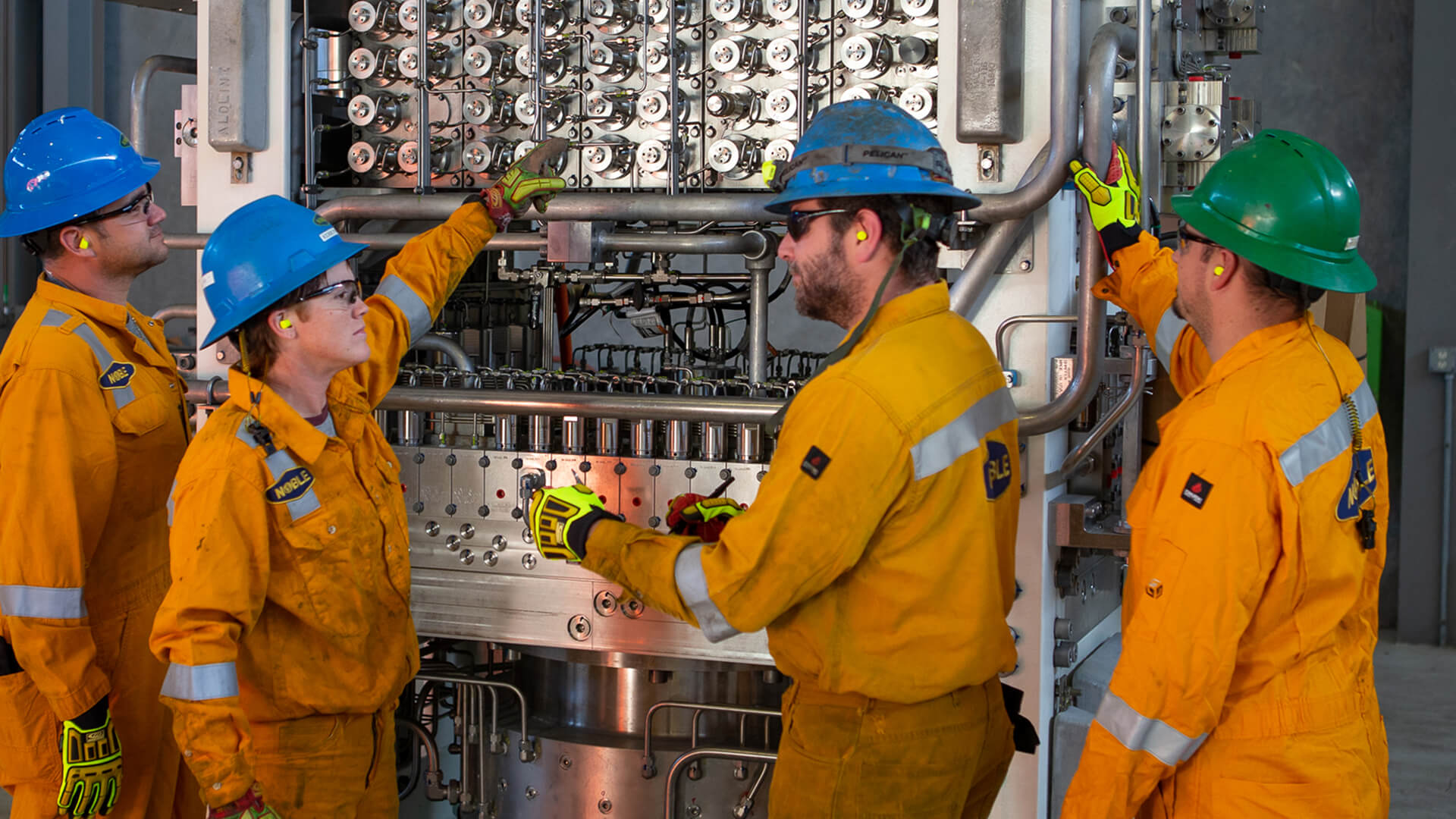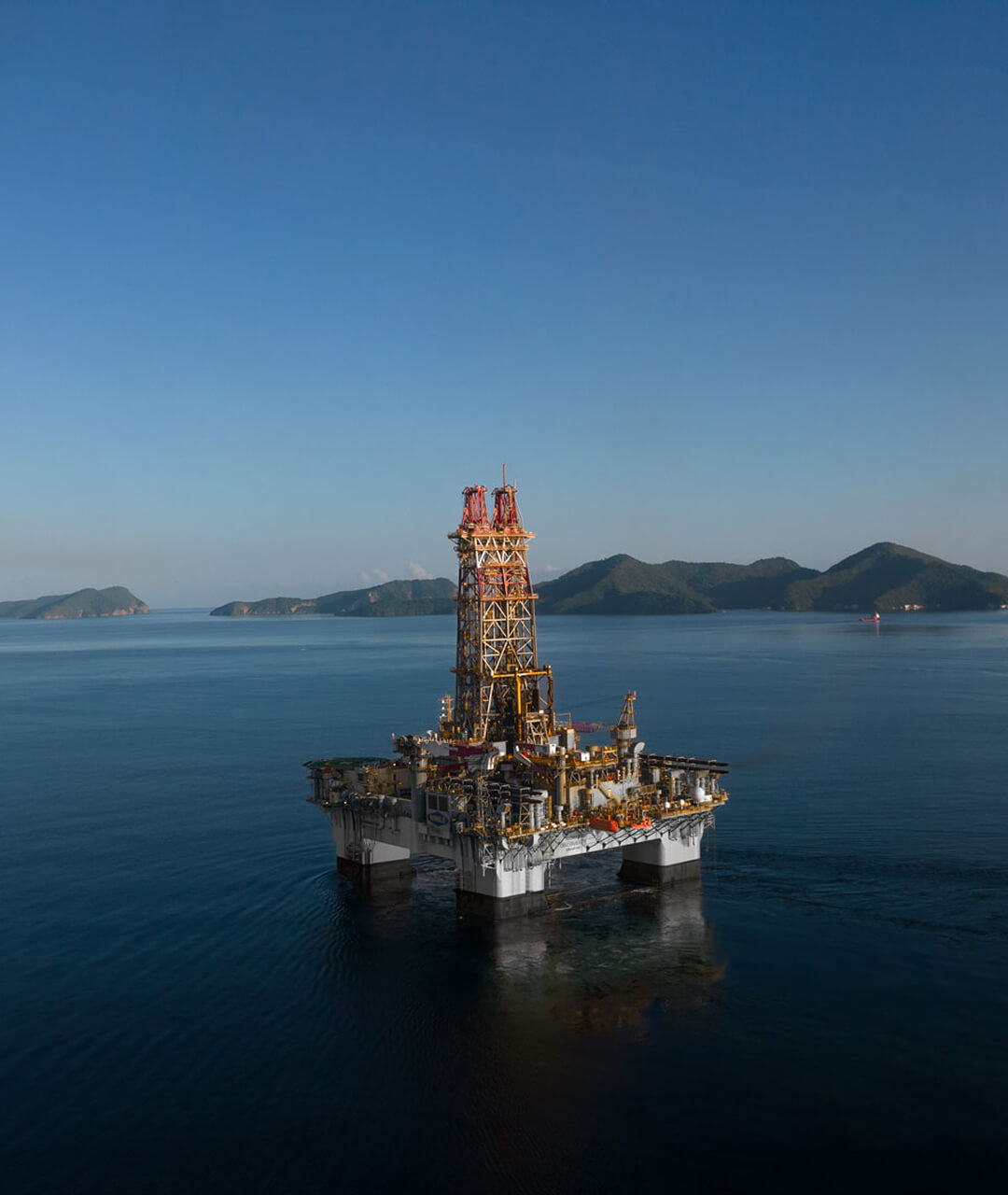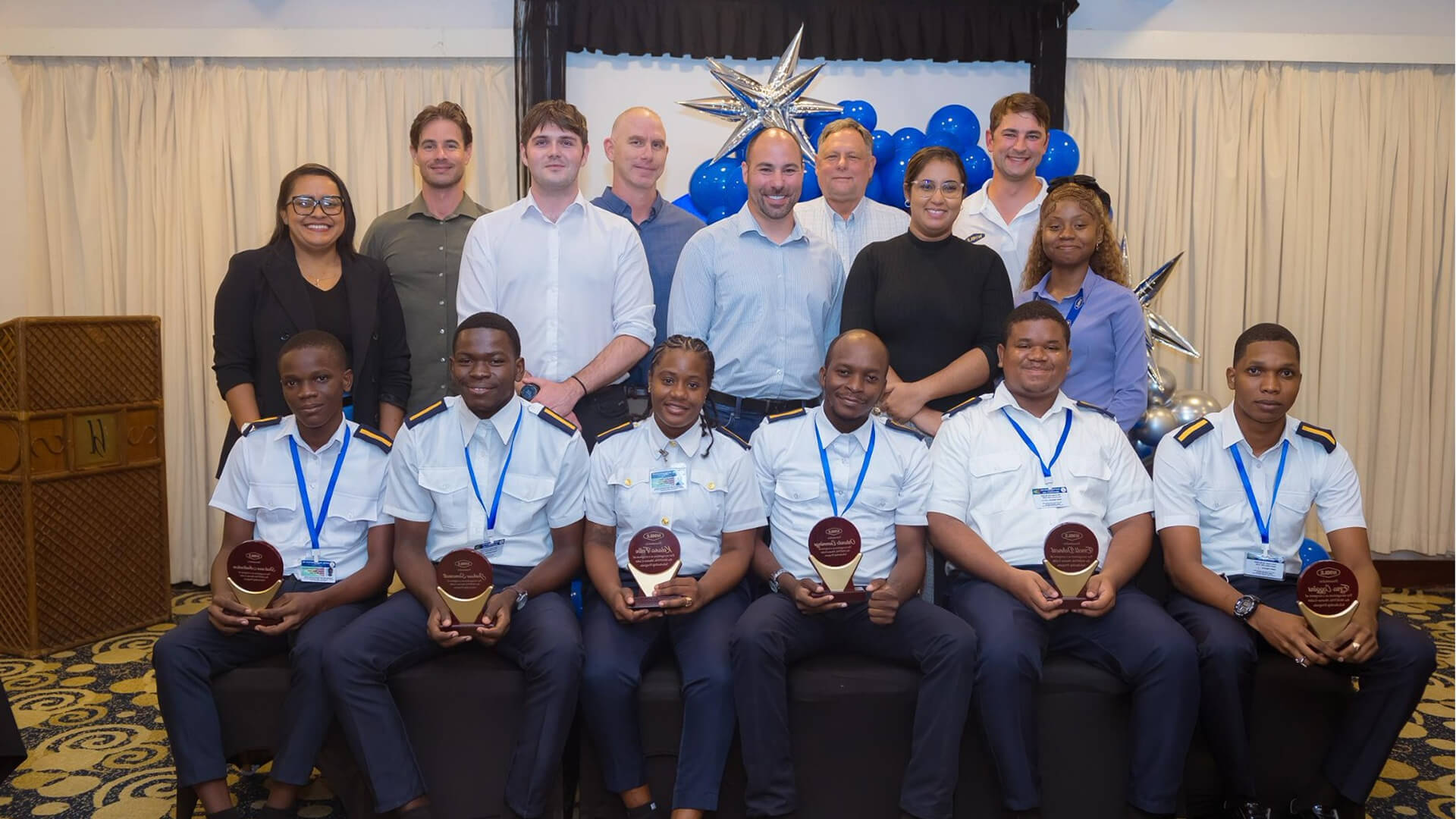
Noble’s commitment to developing future subsea engineers
For over a decade, Noble has been dedicated to cultivating the next generation of subsea engineers through its subsea development program.
This initiative equips engineers with the skills needed to maintain subsea well control equipment on Noble’s rigs. The program recruits trainees from within the company – including lower-level rig crew members recommended by rig managers, recent engineering graduates, and former military personnel. Over 18 to 24 months, trainees rotate between classroom instruction at Noble’s Houston training facility, visits to OEM partners, and hands-on experience during 28-day rotations on Noble’s rigs.
The curriculum covers a wide range of topics, including hydraulic systems, mechanical training, and BOP (Blowout Preventer) operations. Additionally, the program emphasizes communication, teamwork, safe work practices, and the policies and procedures essential for safe rig operations.

Carl Lyle, who oversees the Well Control Equipment Training and Development Program at Noble, explains:
“We identified a need for a structured training program for our subsea engineers, given the technical nature of the role. It’s challenging to provide comprehensive training solely on the rig, so we developed a program that includes extensive off-rig training. This approach has been instrumental in meeting our ongoing demand for qualified subsea engineers.“
Practical exercises are a key component of the program, offering trainees real-world scenario experience. During rig rotations, trainees are paired with experienced team leaders who mentor them in applying classroom knowledge. Buford Sullivent, a Senior Subsea Engineer at Noble, highlights the value of on-rig time, noting that certain equipment, like motion compensation systems, are easier to understand in operation.
Effective communication is another critical aspect of the training. Trainees learn to interact with different departments on a rig to resolve issues. Sullivent adds, “Understanding how to communicate with various departments is essential. When working on a problem, trainees need to know whom to contact and how to request information. Utilizing these communication channels is vital for rig operations.”
“In a classroom, you can learn about tensioners and crown-mounted compensators (CMCs) through pictures, diagrams, and videos, but seeing them in action is crucial. Experiencing the equipment in use, such as weighing up the drill string and adjusting pressures, is invaluable for trainees. It’s challenging to grasp all the training data until you witness everything working together on a ship out at sea,” Sullivent explains.
The program also offers a clear path to career advancement within the company. Upon graduation, trainees are assigned to a rig as assistant subsea engineers, receiving further mentorship from subsea supervisors. Typically, within two years, graduates are promoted to subsea engineer positions, with several advancing to senior roles.
“The best way to enhance safety is through properly trained personnel. Demonstrating the level of training and competency of our rig workers, especially those from this program, is crucial for our customers.
Many individuals working on our well control equipment or in the office have progressed through this program, advancing to subsea supervisors, superintendents, and even management and director positions. This progression showcases the quality of our training program,” Lyle concludes.
Noble 2024 Sustainability Report
For a deeper dive, explore the full PDF report with more extensive insights and details.
